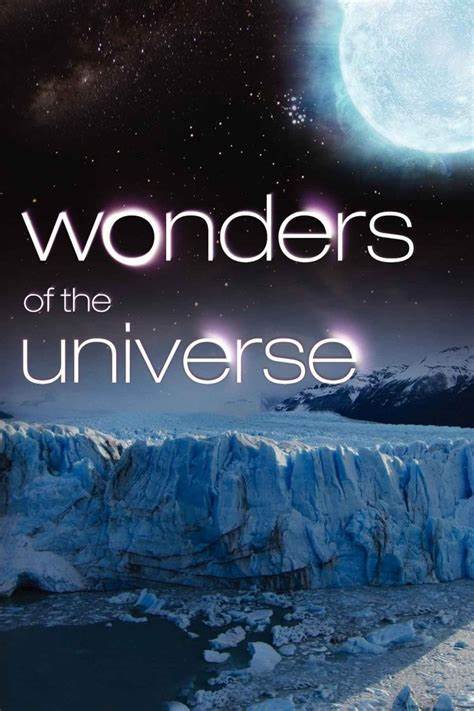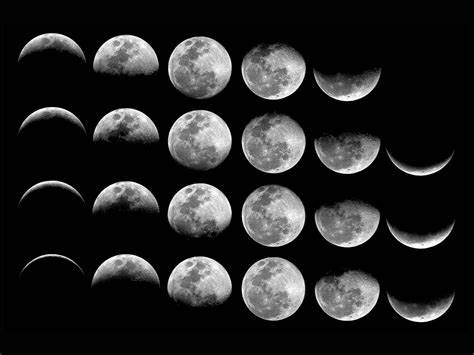Wonders of The Universe s01e03
Falling

Why are we here? Where do we come from? These are the most enduring of questions. And it's an essential part of human nature to want to find the answers. Now, we can trace our ancestry back hundreds of thousands of years to the dawn of human kind. But in reality, our story extends far further back in time. Our story starts with the beginning of the universe. It began 13.7 billion years ago. And today it's filled with over a hundred billion galaxies, each containing hundreds of billions of stars. In this series, I want to tell that story. Because ultimately, we are part of the universe. So its story is our story. (依旧是大家熟悉的开场白(~ ̄▽ ̄)~)
The force at the heart of this story is gravity. This fundamental force of nature built everything we see. It creates shape and order and it initiates patterns that repeat across the heavens. But gravity also forges some of the most alien worlds in the cosmos, worlds that defy belief. The quest to understand this fundamental force of nature has unleashed a golden age of creativity, exploration and discovery. And it's led to a far deeper understanding of our place in the universe. Every moment of our lives, we experience a force that we can't see or touch. Yet this force is able to keep us firmly rooted to the ground. It is, of course, gravity.
But despite its intangible nature, we always know it's with us. Now, if was to ask you, "How do you know that there's gravity around here?" Then you might say, "Well, it's obvious. "You know, I can just do an experiment, I can drop something. " Well, yes, but actually, gravity is a little bit more subtle than that. But to really experience it, to understand it, you have to do something pretty extreme. And this plane has been modified to help me do it. Thanks to its flight plan, it's known as the Vomit Comet. Once we've climbed to 15,000 metres, this plane does something no ordinary flight would do. Its engines are throttled back and the jet falls to Earth. And then something quite amazing happens.
MAN: Look at me! Look at me! I'm now plummeting towards the ground just like someone's cut the cable.
And you see that I'm not moving relative to Einstein. We're all just floating.
MAN: I got it! Oh, intercepted (LAUGHING) (ALL EXCLAIMING) COX: By simply falling at the same rate as the plane, for a few fleeting moments, we were all free of gravity's grip.
(LAUGHING) But this isn't just a joy ride. Sorry. Now, look, there's something very profound here, because although I'm falling towards the ground, as you see, gravity has completely gone away. Gravity is not here any more. I've cancelled gravity out just by falling. If you understand that, then you understand gravity. So it is possible, by the simple act of falling, to get a very different experience of gravity. But this force of nature does more than just bring us back down to Earth.
Gravity also plays a role on the grandest of stages. Because across the universe, from the smallest mote of dust to the most massive star, gravity is the great sculptor that created order out of chaos. Since the beginning of time, gravity has been at work in our universe. From the primordial cloud of gas and cosmic dust, gravity forged the stars. It sculpted the planets and moons and set them in orbit around the newly formed suns. And gravity connects these star systems together in vast galaxies and steers them on their journey through unbounded space.
Over the centuries, our quest to understand gravity has allowed us to explain some of the true wonders of the universe. But at a deeper level, that quest has also allowed us to ask questions about the origin and evolution of the universe itself. To understand how gravity works across the universe, we need look no further than the ground beneath our feet. Well, the first scientist to really think about it was Isaac Newton back in the 1680s. And he said this.
"Gravity is a force of attraction "between all objects.
" Now, the force of attraction between these two rocks is obviously very small, almost impossible to measure.
And that's because the force is proportional to the masses of the objects. These things are not very massive. But there is a more massive rock around here. It's the one I'm standing on, planet Earth. The mass of our Earth generates a gravitational pull strong enough to sculpt the entire surface of the planet. It causes water to gouge out vast canyons. It sets the limit for how high mountains can soar. And it shapes whole continents. But this invisible force does more than just shape our world.
The skies are always changing. The constellations rise and fall in different places every night and the planets wander across the background of the fixed stars. But throughout human history, there's been one constant up there in the night sky. Because every human that's ever lived has gazed up at the moon and seen one face shining back at us. The reason why we never see the dark side of the moon is all down to the subtlety with which gravity operates. Millions of years ago, the moon rotated rapidly. But from the moment it was born, our companion felt the tug of gravity. Just as the moon creates great tides in our oceans, the Earth caused a vast tide to sweep across the surface of the moon. But this tide wasn't in water, it was in rock.

Figure 1. An image shows different shapes of Moon
Imagine that this is the moon and over there is the Earth. The Earth's gravity acts on the moon and stretches it out into a kind of rugby ball shape. Now, the size of that tidal bulge facing the Earth is something like seven metres in rock. And then as the moon rotates, that bulge sweeps across the lunar surface. When you imagine what that would look like here, you'd see a tidal wave sweep across this landscape, with the rock rising and falling by seven metres. This massive wave acted like a brake and gradually slowed the moon down. Eventually, the tidal bulge became aligned with the Earth, locking the speed of the moon's rotation. So the time it takes the moon to spin once is almost the same as the time it takes to orbit the Earth.
